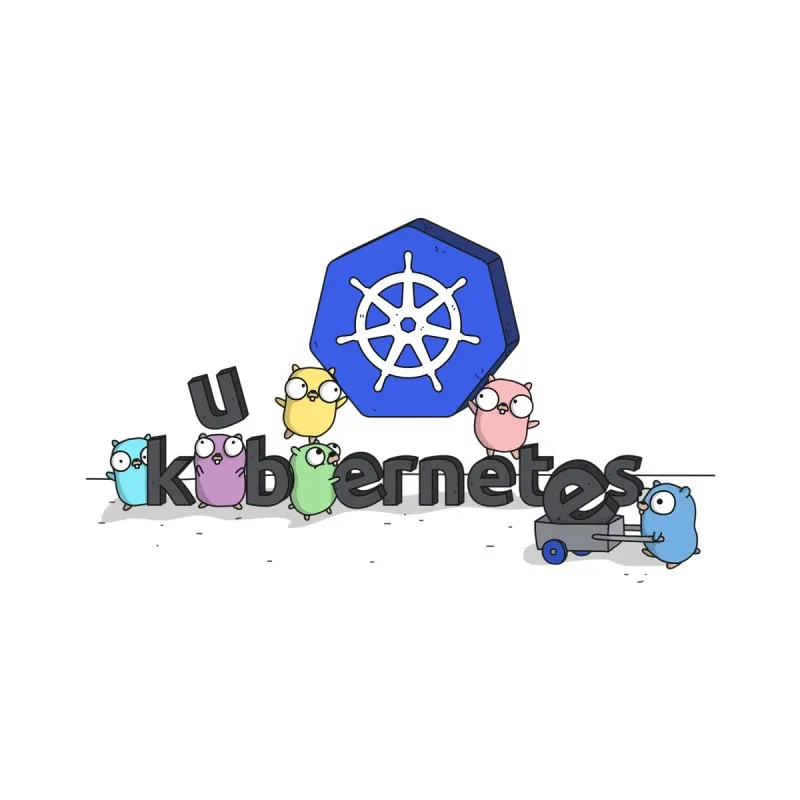Telepresence makes Kubernetes developers super productive by letting them code as if their laptop is in their Kubernetes cluster. In this tutorial, we’ll use Skaffold to build and deploy our local environment.
Skaffold is an open-source project created by Google. It provides a development framework for Kubernetes-based applications. This framework creates a fast, repeatable, and simple local Kubernetes workflow. Put simply, this means that it handles all the hard bits of managing a cloud-native local development environment, such as building images and deploying to Kubernetes. With Skaffold handling the hard bits, you save time with every iteration you make in development.
Telepresence is an open-source tool created by Ambassador Labs. Telepresence makes Kubernetes developers super productive by letting them code as if their laptop is in their Kubernetes cluster. This way you can query cluster resources and experiment rapidly with other services in real-time.
Together, Skaffold and Telepresence give developers a supercharged development workflow for Kubernetes, where Skaffold handles building and deploying your local service and Telepresence allows you to test it against services in your remote cluster.
In this tutorial, we’ll use Skaffold to build and deploy our local environment. Then, we’ll spin up Telepresence to do some iterations while projecting the local service we are building to a remote cluster. Using Telepresence as part of Ambassador Cloud gives us some additional benefits, like being able to share preview URLs with teammates, so they can view the services running on your local machine as if they were in production. We’ll talk more about this in future blog posts.
#kubernetes #cloud native #cloud development #cloud native and kubernetes #telepresence #skaffold
